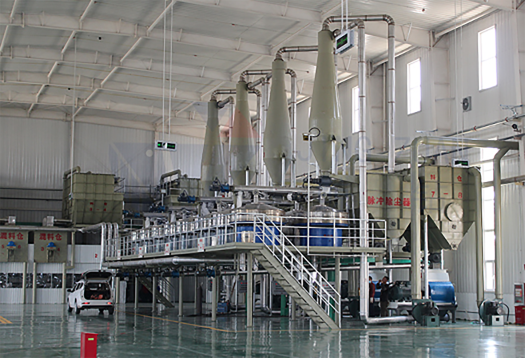
Νοέ . 27, 2024 04:08 Back to list
Exploring the Benefits of HPMC and CMC in Food and Pharmaceutical Applications
Understanding HPMC and CMC Key Ingredients in Pharmaceutical and Food Applications
Hydroxypropyl Methylcellulose (HPMC) and Carboxymethyl Cellulose (CMC) are two essential cellulose derivatives widely used in various industries, particularly in pharmaceuticals and food applications. These compounds play a crucial role due to their unique properties, including thickening, gelling, and stabilizing, which make them invaluable in formulating a range of products.
Hydroxypropyl Methylcellulose (HPMC)
HPMC is a semi-synthetic polymer derived from cellulose. It is produced by substituting a portion of the hydroxyl groups in cellulose with hydroxypropyl and methyl groups. This modification yields a product that is soluble in water and has a variety of applications, especially in the pharmaceutical industry.
One of the most notable features of HPMC is its ability to form gels at certain temperatures, which allows it to serve as an effective thickener and stabilizer in solutions. This property is particularly advantageous in the creation of controlled-release drug formulations. When used in tablets, HPMC can regulate the release of active pharmaceutical ingredients (APIs) over a specified period, enhancing the bioavailability of the drug while improving patient compliance.
Moreover, HPMC is recognized for its safety and non-toxic nature, making it suitable for use in oral, dermal, and even ocular formulations. Its role as an emulsifier means it can help to stabilize mixtures of water and oil, which is crucial in complex formulation processes in both pharmaceuticals and food products.
.
Carboxymethyl cellulose, on the other hand, is another cellulose derivative that is produced by the reaction of cellulose with chloroacetic acid. The resultant product features carboxymethyl groups that impart unique properties, such as increased solubility in water and the ability to form viscous solutions.
hpmc cmc

CMC is particularly valued for its thickening and gelling abilities. In the food industry, it is widely used as a food additive to improve texture and mouthfeel. It works as a stabilizer in emulsions and prevents the separation of ingredients, ensuring a consistent product. Additionally, CMC is used in low-fat products to simulate the creamy texture of fats, contributing to the development of healthier food options.
In pharmaceuticals, CMC serves as a crucial excipient in the formulation of tablets and suspensions. Its ability to bind with water enhances the dissolution and bioavailability of active ingredients. Furthermore, it can act as a thickening agent in topical formulations, improving the consistency and application of creams and gels.
Synergistic Benefits of HPMC and CMC
The combination of HPMC and CMC has gained popularity in various formulations, as they can complement each other’s properties. When used together, they can enhance the viscosity and stability of gels and emulsions, providing multifunctional benefits in product formulations. For instance, in the development of controlled-release products, the combined use of HPMC and CMC can lead to improved release profiles, ensuring that drugs are delivered at a sustained rate.
Moreover, both HPMC and CMC are compatible with a wide range of ingredients, which makes them versatile components in formulations across diverse industries. Their ability to function in varying pH levels and ionic strengths further extends their applicability.
Conclusion
HPMC and CMC are integral components in the pharmaceutical and food industries, serving as vital excipients that enhance product performance. Their unique properties and versatility make them essential in developing innovative formulations that meet the increasing demands for efficiency and quality. As research and technology advance, it is likely that the applications of HPMC and CMC will continue to expand, providing further opportunities for enhancing product formulations and improving consumer experiences. As such, understanding the roles and benefits of these cellulose derivatives is crucial for industry professionals navigating the complex landscape of product development.
-
Versatile Hpmc Uses in Different Industries
NewsJun.19,2025
-
Redispersible Powder's Role in Enhancing Durability of Construction Products
NewsJun.19,2025
-
Hydroxyethyl Cellulose Applications Driving Green Industrial Processes
NewsJun.19,2025
-
Exploring Different Redispersible Polymer Powder
NewsJun.19,2025
-
Choosing the Right Mortar Bonding Agent
NewsJun.19,2025
-
Applications and Significance of China Hpmc in Modern Industries
NewsJun.19,2025







